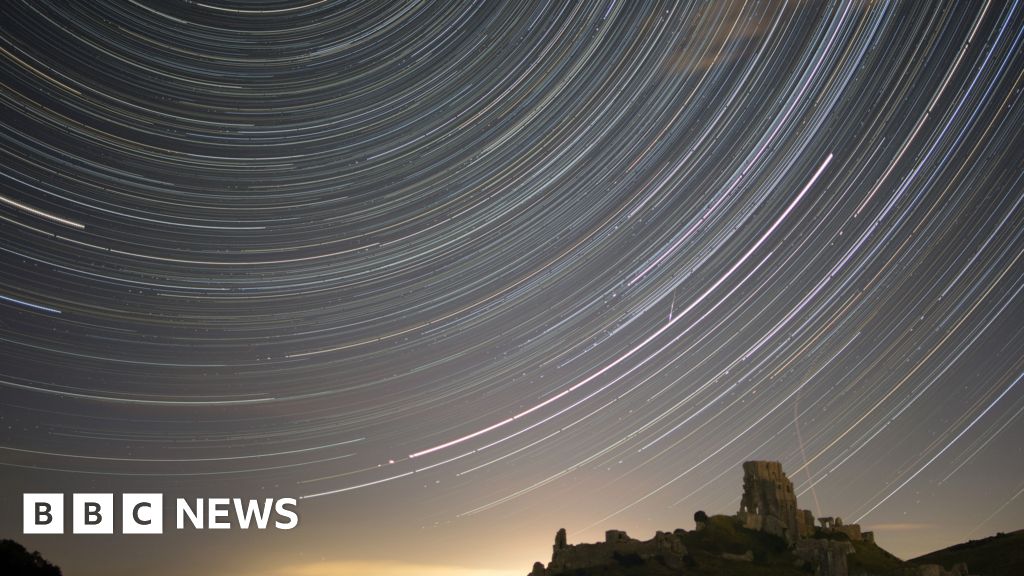The Perseid meteor shower – which Stargazers say is one of the best meteor showers of the year – is set to peak between August 11th and 13th.
But you don’t need to wait that long, the first meteors were visible in July and will continue throughout most of August.
Experts say the best chance to spot a meteor begins just after midnight and ends about an hour before sunrise.
Although the meteors can be seen with the naked eye, check the weather where you are since it may affect visibility.
The Perseid meteors are visible all around the world and are so-called because they appear to originate from within the constellation Perseus.
While on most nights the shower will only showcase a few meteors each hour, the peak of the Perseids can bring many, many more.
If you’re really lucky, you could see 100 or more meteors per hour, scientists say.
We see meteors when the Earth passes through trails of debris from comets or asteroids. As that debris hits our planet’s atmosphere, it burns up and creates spectacular streaks of light.
The Perseids – pronounced ‘Per-see-ids’ – are caused by debris left behind by the Swift-Tuttle comet.
Dr Gregory Brown, Senior Public Astronomy Officer at the Royal Observatory in Greenwich, said that the Perseids is one of the fastest meteor showers.
“They travel up to 37 miles per second, but they are about the size of specks of paint or grains of sand falling into the atmosphere.
“While that does cause this rather brilliant light show, they’ve absolutely no chance of hitting the ground. And even if they did, they’re these tiny little things so they wouldn’t cause any harm”
Try to get to the darkest location you can with an unobstructed view of the sky.
The darker it is where you are, the better chance you’ll have of seeing meteors streaking across the sky.
“Fill your view with as much of the sky as you possibly can, lying down or using a deck chair and then just wait and allow your eyes to adapt to the dark and eventually ,fingers crossed, if it’s nice and clear and you’re watching for an hour or so, you should at least be able to catch a handful.” said Dr Brown.
